 |
 |
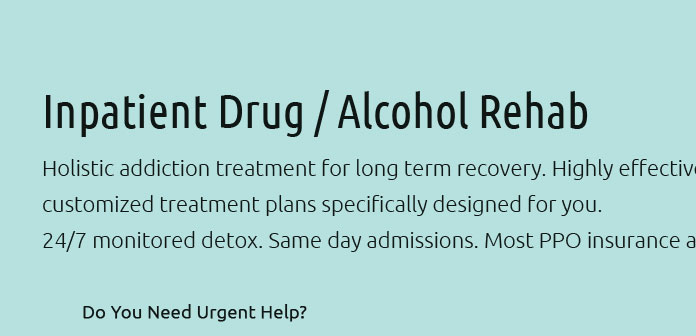 |
 |
 |
 |
||
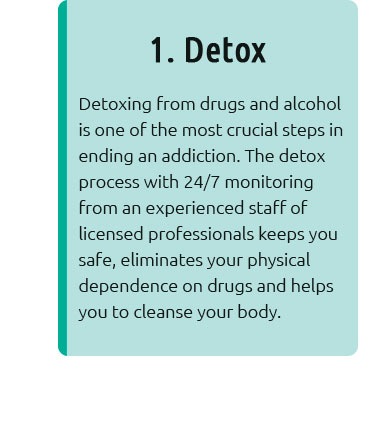 |
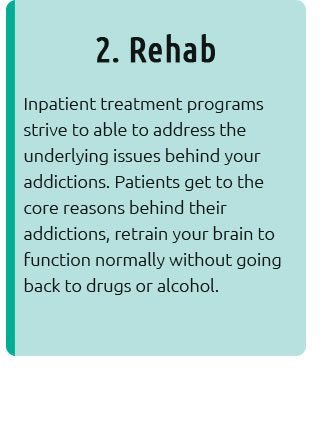 |
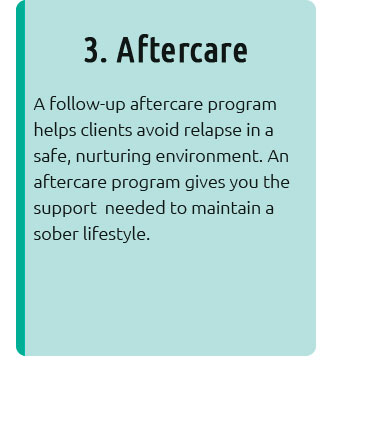 |
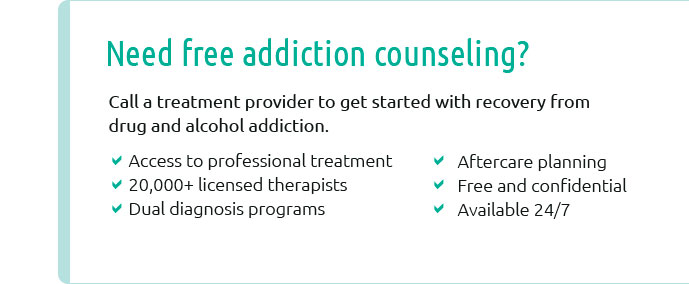 |
 |
 |
 |
||
 |
||
 |
||
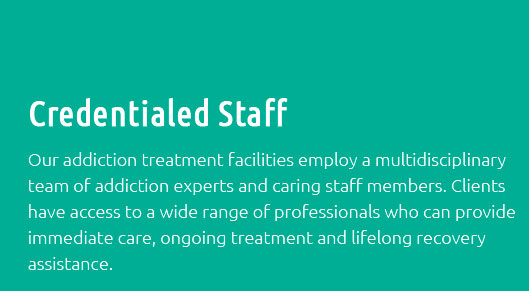 |
 |
 |
|
 |
|
|
Welcome to a new chapter of hope and transformation at our premier Substance Abuse Center, where inpatient drug and alcohol rehab isn’t just a program-it’s a life-changing journey; here, we combine cutting-edge treatments with compassionate care to forge a path to lasting recovery, empowering you to reclaim your life from the grips of addiction and emerge stronger, healthier, and more resilient than ever before.
https://www.sunrisedetoxorlando.com/
At Sunrise Detox Orlando, safety-focused drug or alcohol detox near Orlando is the proper starting point for substance use treatment and recovery. https://www.ocfl.net/FamiliesHealthSocialSvcs/OrangeCountyHeroinTaskForce/HeroesAgainstHeroin/TreatmentResources.aspx
The University of Central Florida Collegiate Recovery Community (CRC): UCF's CRC offers access to addiction treatment resources and connects students with a ... https://whitesandstreatment.com/locations/florida/orlando/
Find effective alcohol detox and drug rehab in Orlando. Call WhiteSands Treatment today at 877-855-3470 and get personalized treatment for lasting recovery.
|